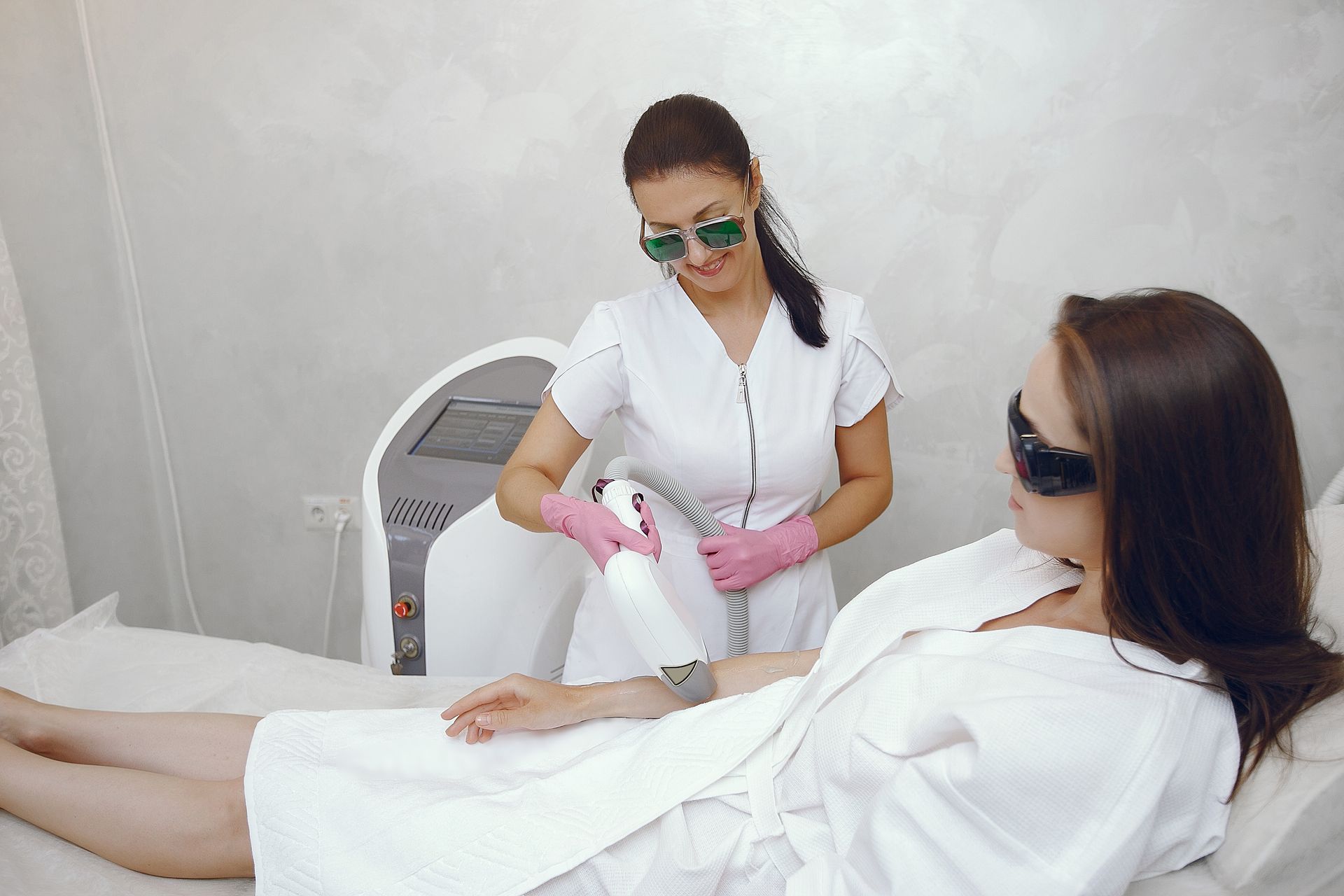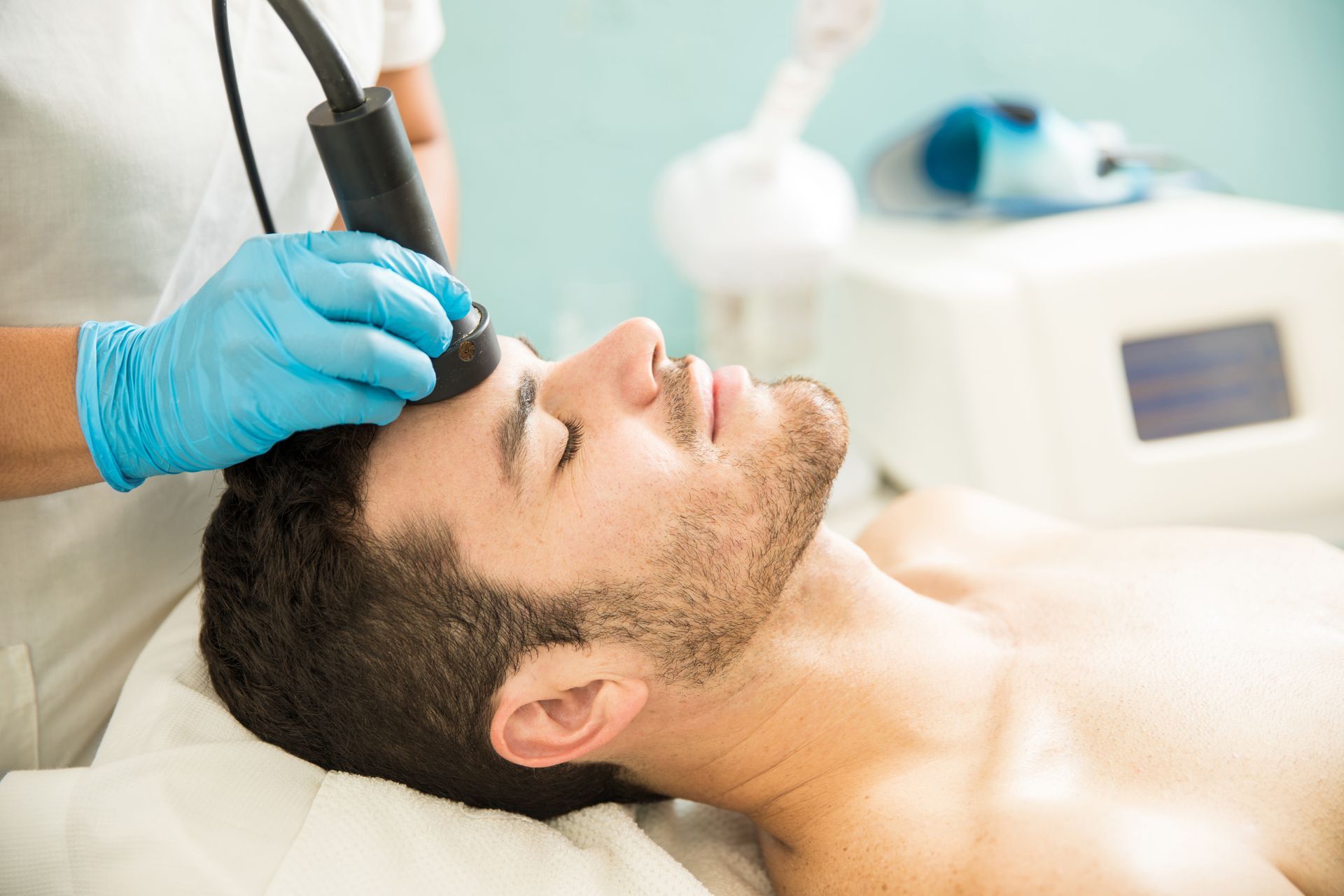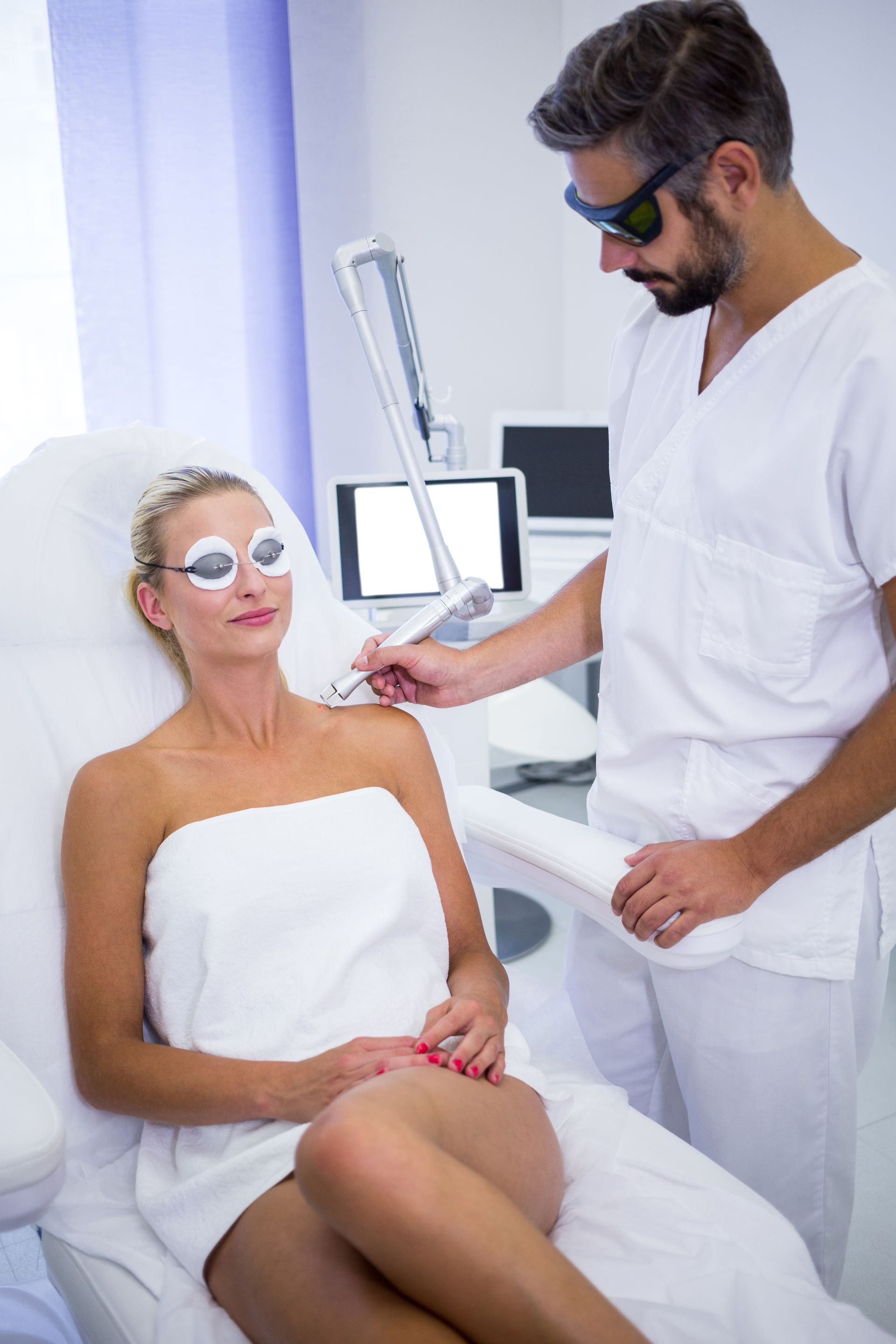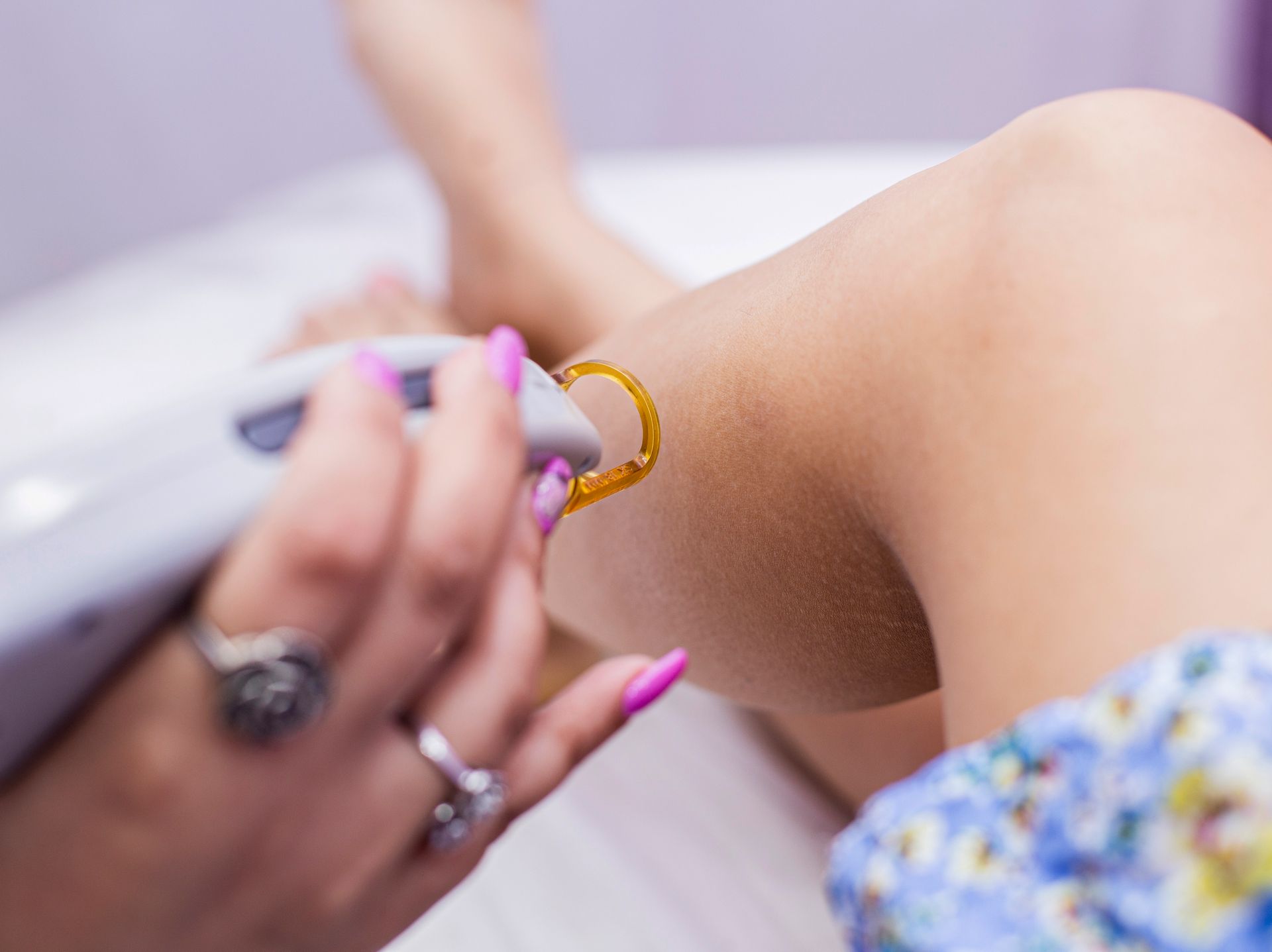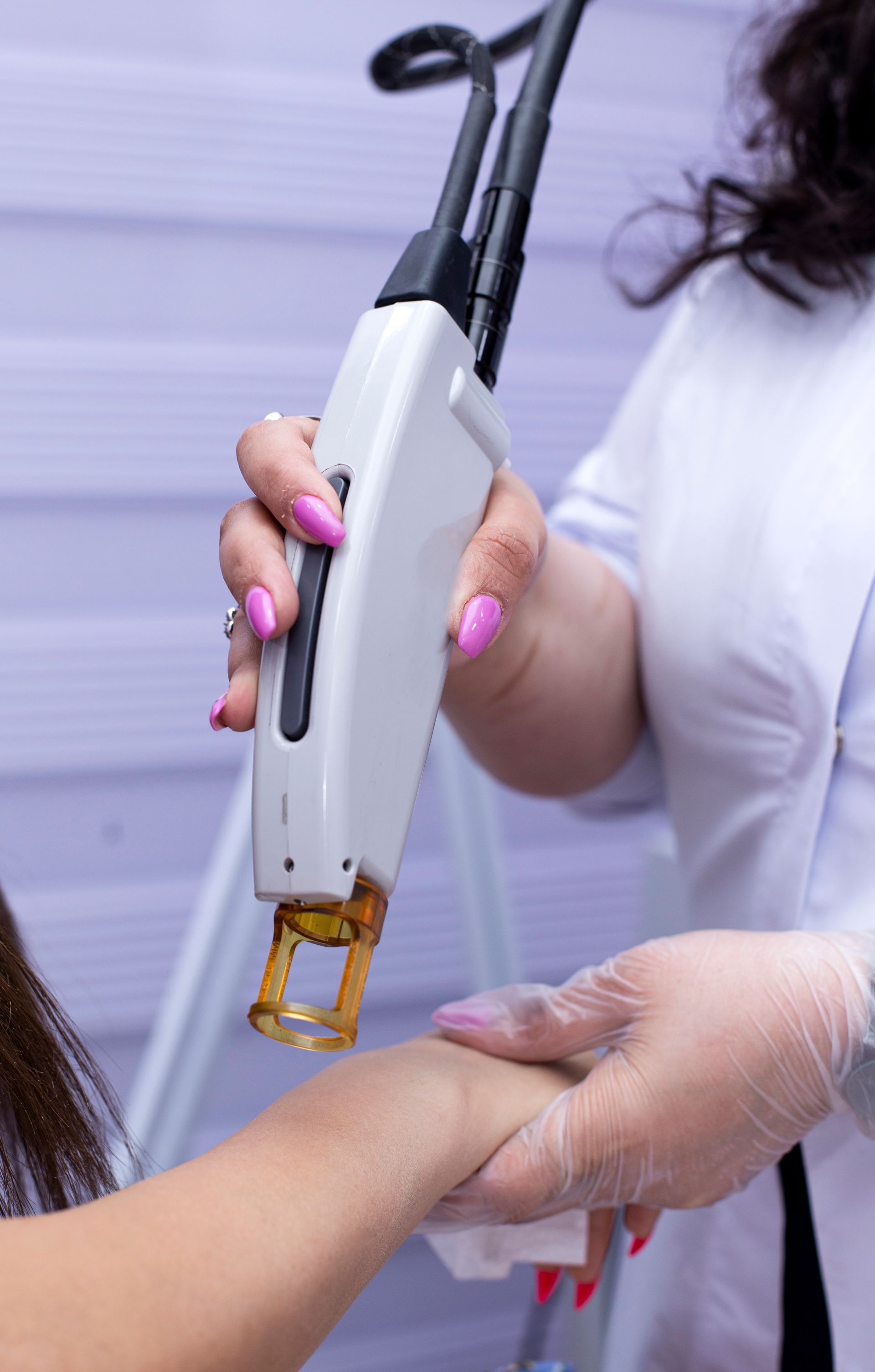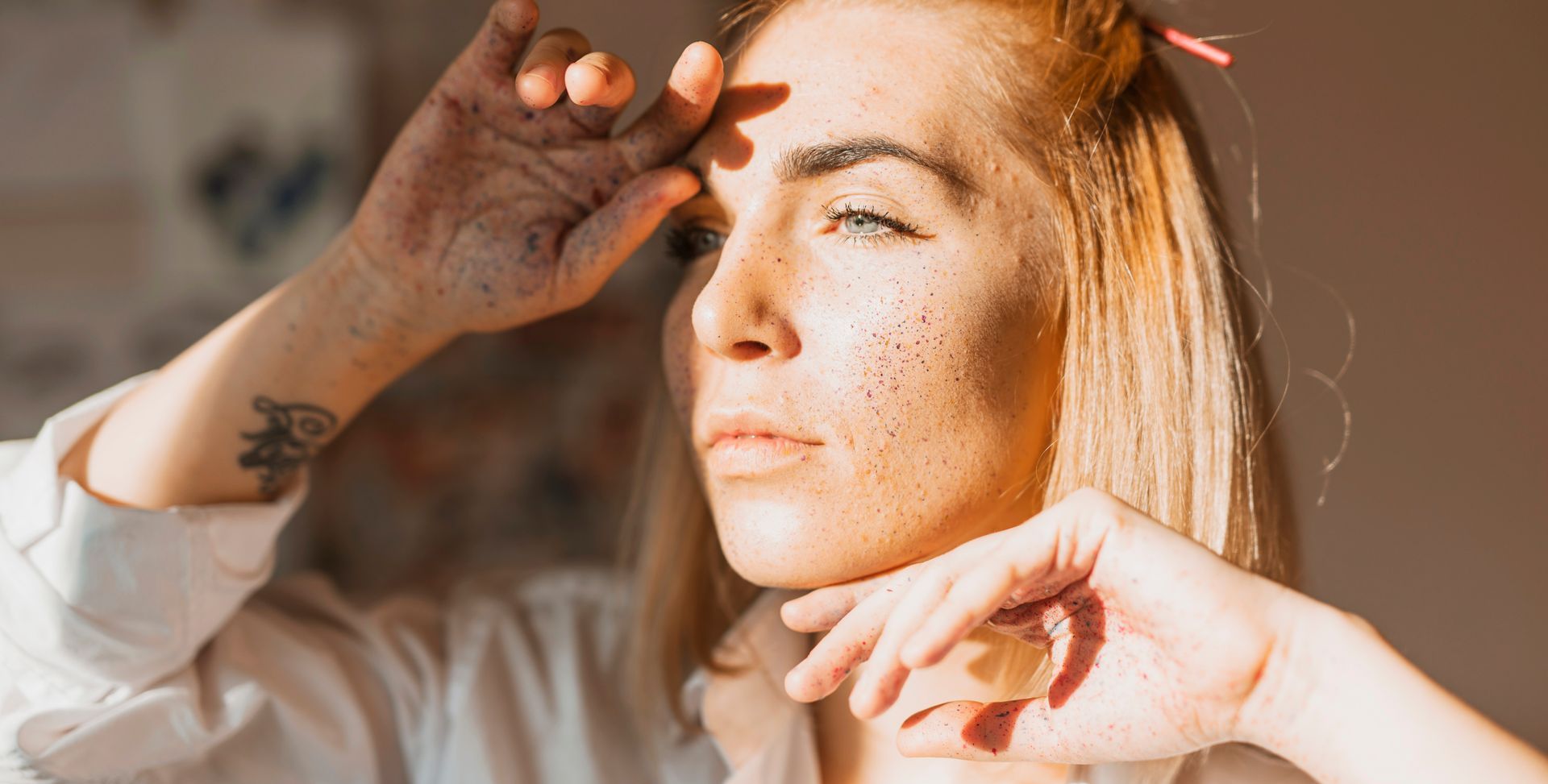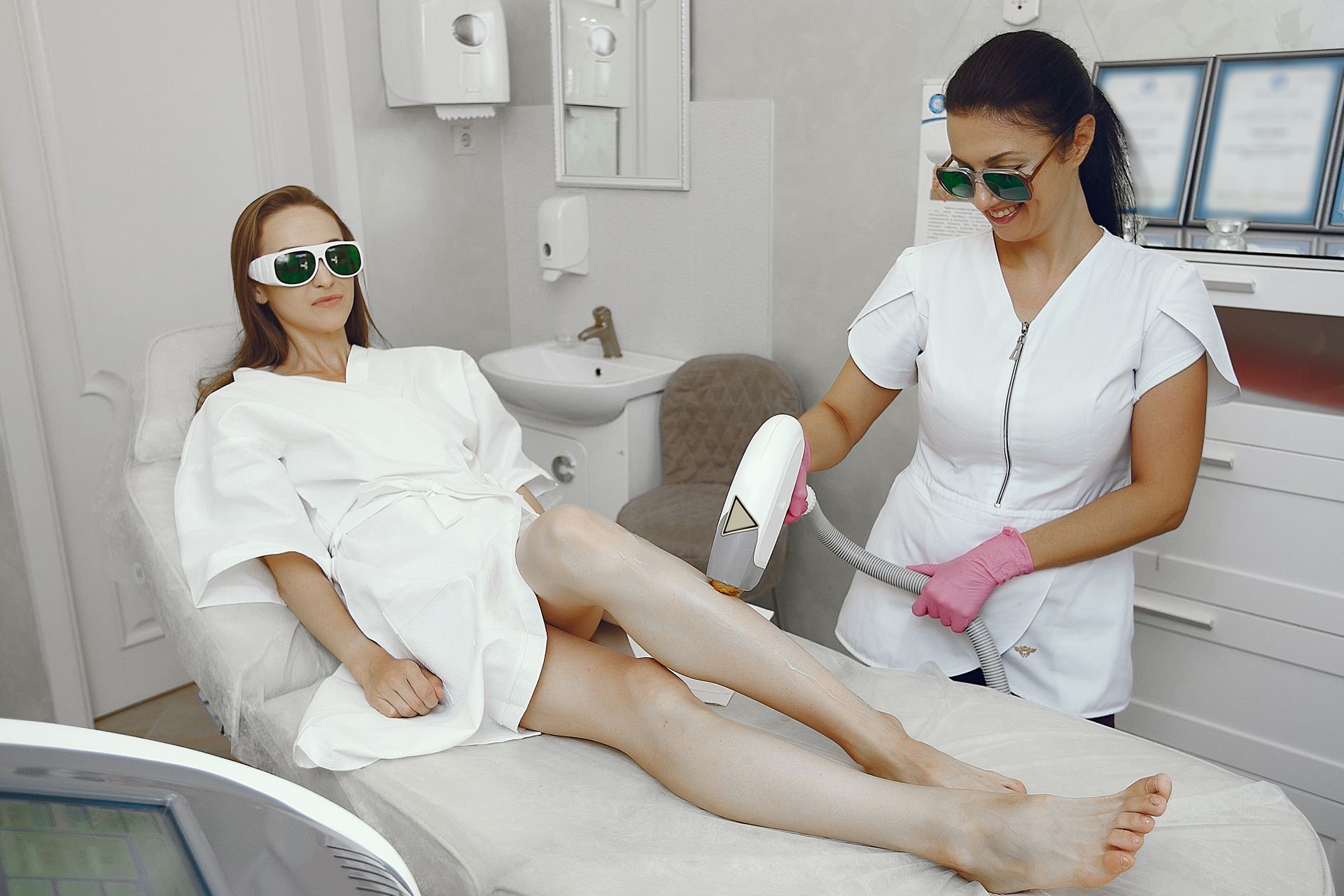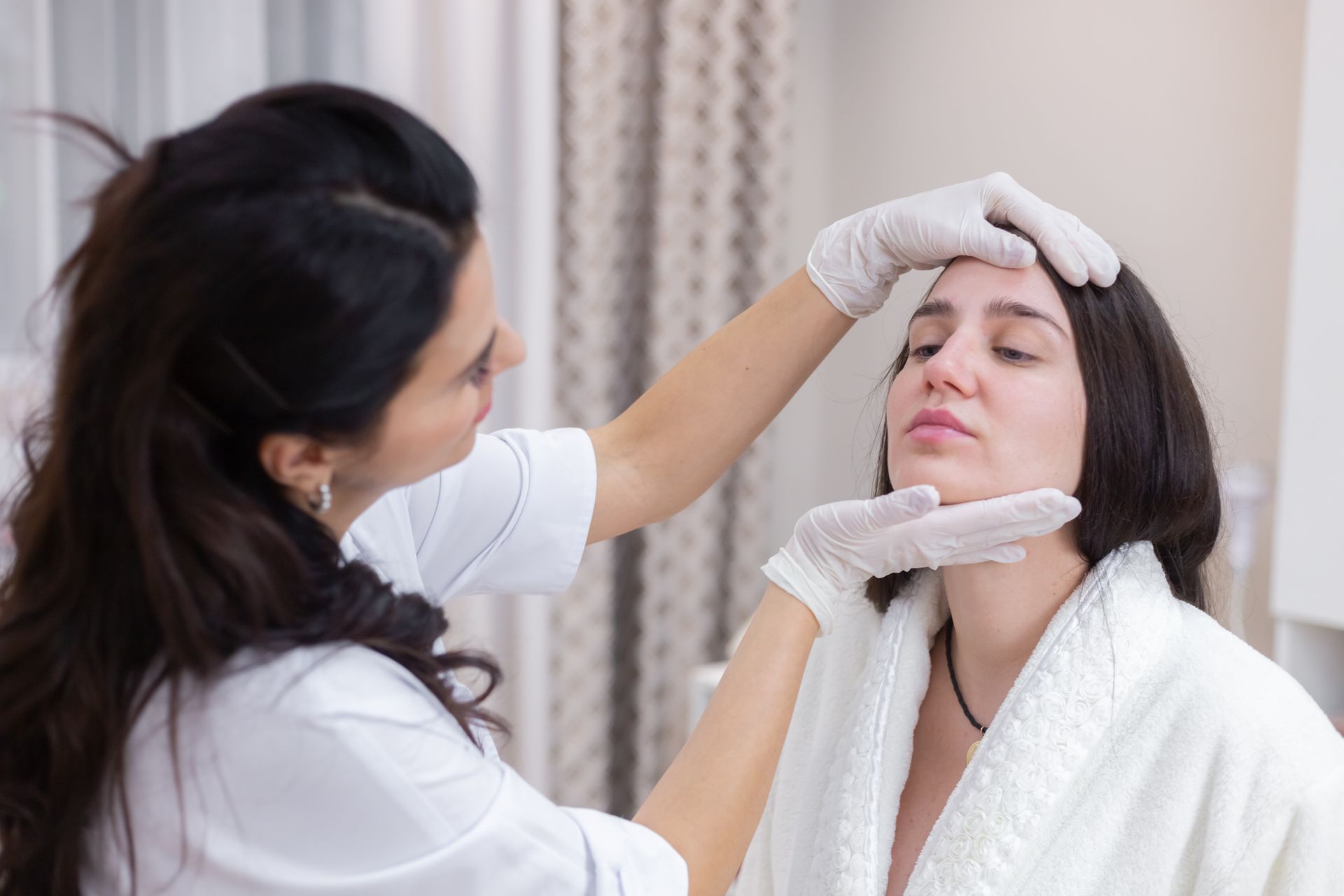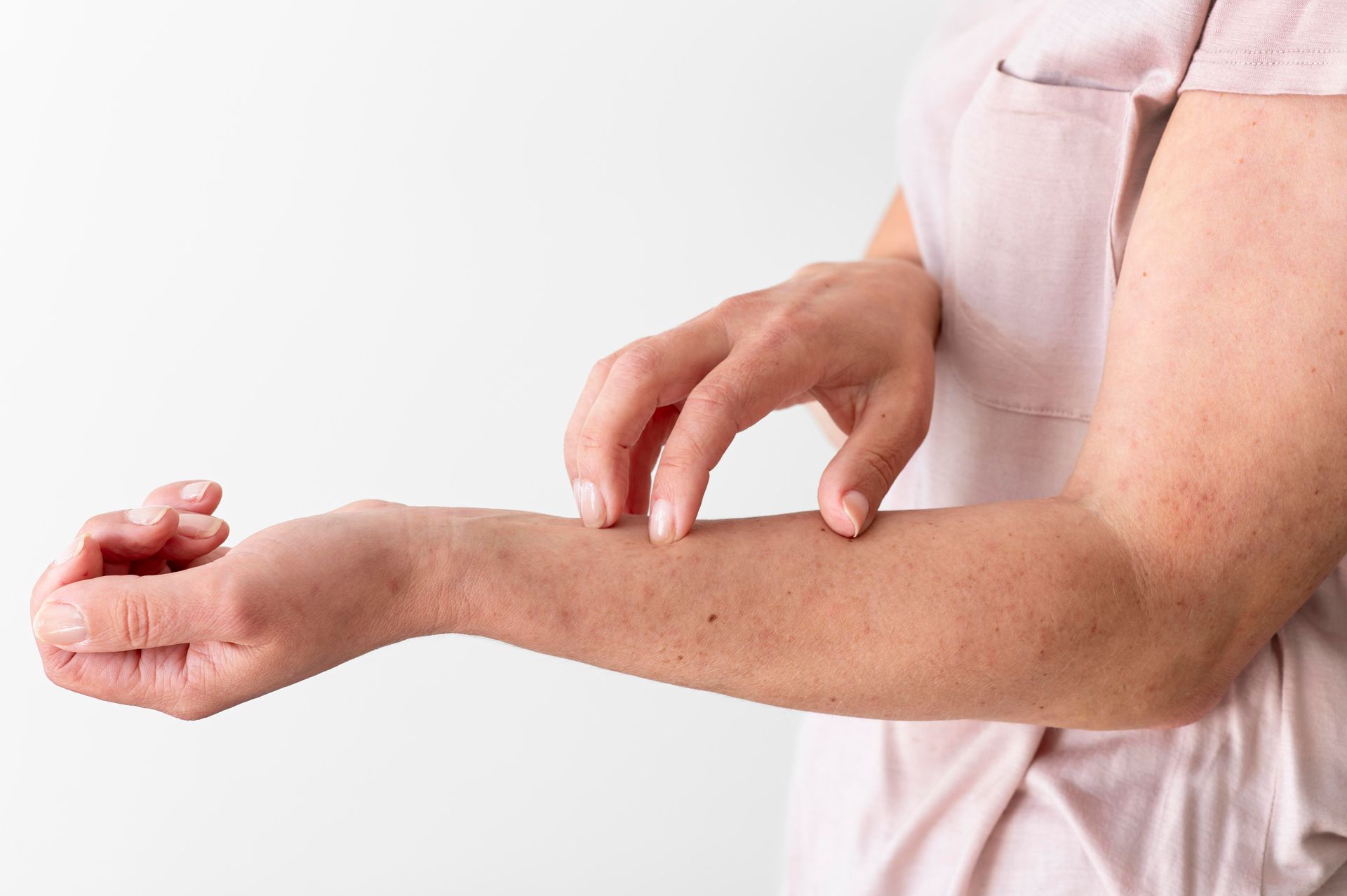Moisturizers and Serums: What’s Safe After Laser Hair Removal?
Laser hair removal is one of the most effective ways to achieve long-term smoothness — but what you apply to your skin afterward can make or break your results. Your skin becomes temporarily vulnerable after treatment, so choosing the right moisturizers and serums is crucial for healing, comfort, and maintaining that post-laser glow. Let’s dive into what’s safe, what’s not, and how to care for your skin the right way after a laser session.
Can You Go Swimming After Laser Hair Removal?
Why Post-Laser Skincare Matters
After laser hair removal, your skin goes through a healing process. The laser’s heat targets hair follicles beneath the surface, leaving the surrounding skin slightly inflamed or dry. The protective barrier becomes more sensitive than usual, meaning harsh ingredients can easily cause irritation, redness, or even hyperpigmentation.
That’s why post-treatment skincare isn’t just about soothing — it’s about protecting your investment. Using the wrong product can undo your progress or trigger side effects, while the right one can speed up recovery and leave your skin soft, healthy, and radiant.
What to Look for in Post-Laser Moisturizers and Serums
Your skin needs hydration, soothing agents, and barrier repair — not active exfoliants or harsh actives. Here’s what you should look for on ingredient labels:
1. Hydrating Ingredients
- Hyaluronic Acid: Restores lost moisture and plumps the skin without irritation.
- Glycerin: A gentle humectant that draws water into the skin.
- Aloe Vera: Hydrating and cooling — perfect for calming laser-treated areas.
2. Soothing and Anti-Inflammatory Agents
- Panthenol (Vitamin B5): Reduces redness and accelerates healing.
- Allantoin: Softens and protects dry, sensitized skin.
- Cucumber or Chamomile Extract: Mild botanicals that calm irritation naturally.
3. Barrier-Repair Ingredients
- Ceramides: Rebuild your skin’s natural lipid layer and lock in moisture.
- Squalane: A lightweight oil that nourishes without clogging pores.
- Colloidal Oatmeal: Forms a protective layer to prevent water loss and soothe inflammation.
What Ingredients to Avoid After Laser Hair Removal
Not everything in your skincare arsenal is safe right after treatment. Many popular actives can cause stinging, peeling, or pigmentation when your skin is freshly lasered. Steer clear of these ingredients for at least 5–7 days post-treatment (or as your technician advises):
- Retinoids (Retinol, Retin-A, Tretinoin): Too harsh on sensitive skin and can increase inflammation.
- AHAs/BHAs (Glycolic, Lactic, Salicylic Acids): Can cause over-exfoliation and irritation.
- Vitamin C (L-Ascorbic Acid): A potent antioxidant but can sting or inflame post-laser skin.
- Fragrance or Essential Oils: Even natural scents can trigger allergic reactions or rashes.
- Alcohol-Based Toners or Astringents: Strip away moisture and worsen dryness.
If you’re unsure whether a product is safe, do a patch test on a small area first or ask your laser specialist for recommendations.
Best Post-Laser Moisturizer Recommendations
Here are dermatologist-approved options that tend to work well after laser treatments:
- CeraVe Moisturizing Cream or Lotion: Packed with ceramides and hyaluronic acid.
- Vanicream Moisturizing Cream: Free of dyes, fragrance, and harsh preservatives.
- Avene Cicalfate+ Restorative Cream: Designed to soothe irritated or compromised skin.
- La Roche-Posay Cicaplast Baume B5: Calms redness, repairs the barrier, and hydrates deeply.
- Bioderma Atoderm Intensive Balm: Great for dryness and sensitivity.
These products are gentle, fragrance-free, and clinically tested on sensitive skin — everything your post-laser skin craves.
Safe Serum Options for Post-Laser Glow
Once the initial sensitivity subsides (usually after 2–3 days), you can reintroduce lightweight serums to help restore glow and hydration. Go for gentle, non-active serums such as:
- Hyaluronic Acid Serum (Fragrance-Free) – plumps and hydrates.
- Niacinamide (2–5%) – strengthens the barrier and evens tone.
- Peptide Serums – promote healing and collagen renewal.
Avoid anything marketed as “anti-aging,” “brightening,” or “exfoliating” immediately after treatment — these often contain actives that are too strong for healing skin.
Can You Workout After Laser Hair Removal? (Gym & Sweat FAQs)
When to Resume Regular Skincare Routine
Most people can return to their usual routine within a week after laser hair removal. However, this depends on your skin type and the area treated.
- Face and neck may need extra caution — wait 5–7 days before reintroducing active ingredients.
- Body areas usually recover faster (within 3–5 days).
Always observe how your skin feels. If there’s lingering redness or heat, extend the gentle skincare phase for a few more days.
Pro Tips for Post-Laser Skin Health
- Keep the treated area clean, cool, and moisturized for at least 48 hours.
- Skip hot showers, saunas, or exfoliation for 3 days.
- Apply broad-spectrum SPF 50 daily, even if indoors, to prevent pigmentation.
- Hydrate well — internal hydration helps your skin recover faster.
- Avoid makeup on the treated area for 24–48 hours, especially on the face.
Final Thoughts: Treat Your Skin Like Royalty
After laser hair removal, your skin deserves extra love. Think of this period as a reset — a chance to feed your skin with pure hydration and healing ingredients. The goal isn’t just to prevent irritation, but to ensure long-lasting smoothness and glow.
Stick with gentle, fragrance-free moisturizers and nourishing serums until your skin fully recovers. With the right care, your post-laser skin won’t just be hair-free — it’ll be healthy, luminous, and happy.
BOOK YOUR FREE SESSION
